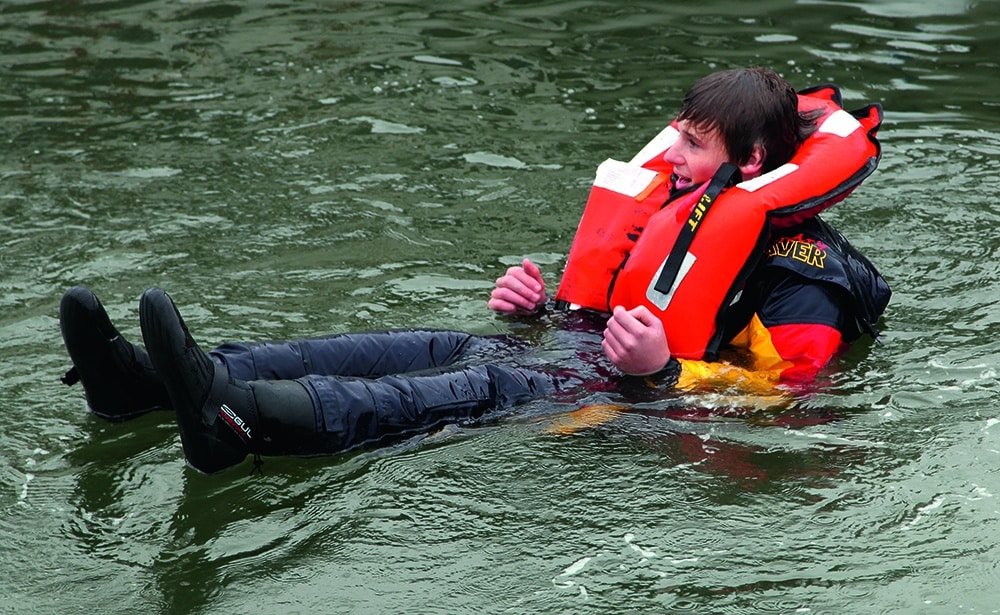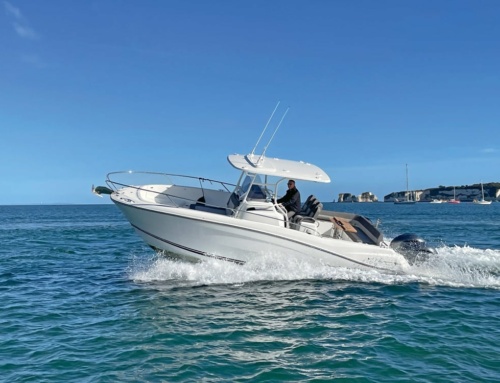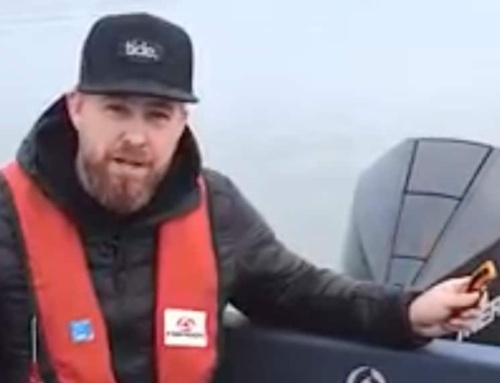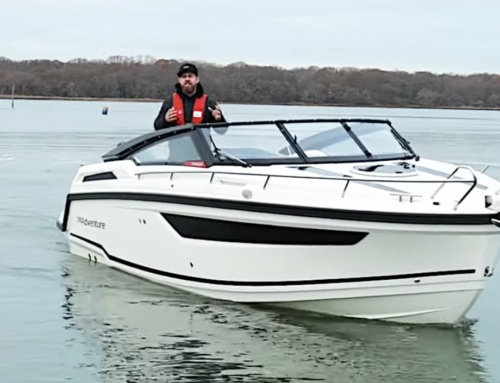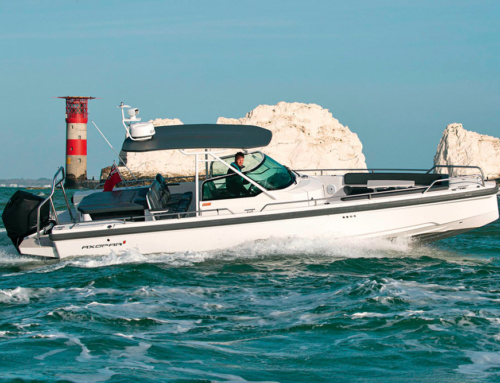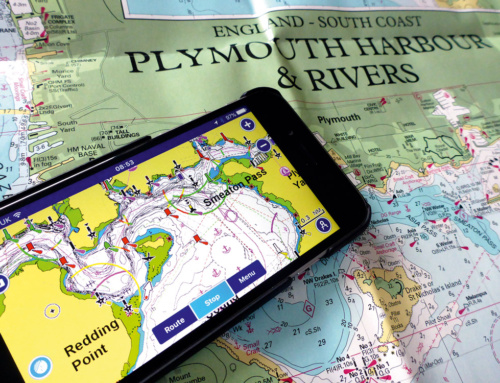Paul Glatzel explains why, in the marine world, as with all things in life, prevention is most definitely better than cure …
Carry a decent first-aid kit and include a few big and medium-sized dressings.
We all hope that everything we do when afloat goes well, that things never go wrong, and that if the unexpected does happen, we react in the right way. Preventing incidents and reacting in the right way is about knowing what to do, having a plan and practising. In this article we’ll look at getting you best placed to deal with issues if they arise.
No one goes afloat with the intention of getting involved in an incident, but like any accident, they happen to you when you least expect it – and afloat, you’re as likely to happen upon an incident involving another craft as you are to have to deal with your own vessel. Let’s have a look at some of the things that go wrong and what you can do about them.
A breakdown can happen to anyone, but there’s a lot that you can do to avoid one. The worst thing that you can do to a boat is to not use it. Sadly, this is what happens to so many boats, and it creates issues, particularly in the early stages of a season. Make sure you get the boat serviced, and that you stay in a safe area close to assistance for the first hour or two after you get the boat afloat as a service often seems to unsettle other parts of an engine, which can then cause issues. Going out alongside another boat always makes sense until you’re sure that your boat is running well.
Have a plan for if you break down too. It may be that you sign up for a service like Sea Start or are a member of a club/Facebook group, or perhaps your marina or sailing club could assist. Whatever the solution, have a think before you go out and have the numbers with you that you’d need.
Top Tip
If you break down, speaking sooner rather than later to the coastguard makes real sense. Making a ‘pan-pan’ on your VHF is the accepted method of calling them, but a direct call to the coastguard can work equally well.
Medical issues are a form of breakdown too. As a skipper, you need to look after those on board, so knowing whether any of your passengers have medical issues is really key. Let passengers know it could be bumpy, and if they have back, joint or other medical conditions that could be affected by bouncing around, staying ashore may be a good idea. Make sure you understand any medical issues they have. Do an RYA first-aid course so you know what to do in the event of an incident, as inevitably you will be further away from assistance and may need to be self-sufficient while assistance heads your way. Carry a decent first-aid kit and include a few big and medium-sized dressings.
Top Tip
If you are dealing with a medical issue (even if alongside in a marina or on a beach), call the coastguard and seek assistance. The coastguard will task a lifeboat, an ambulance and perhaps a helicopter, whereas if you contact the ambulance directly they will rarely seek lifeboat assistance. Given that lifeboats may get there more quickly and carry lots of kit, it’s worth them responding.
Your worst case has to be dealing with a man overboard, especially if they are injured. Like anything, prevention is better than cure, so make sure that as a skipper you drive carefully, position crew in appropriate positions, always have good handholds and brief them about your intentions.
Also wear the kill cord! A man overboard is a serious situation, but it is so much more serious if the skipper has gone over board and isn’t wearing a kill cord. While it may just end in embarrassment and a quick recovery, it can so easily lead to life-changing injuries for those in the water if the craft circles back on them or heads off into the distance and strikes other water users. Too many people, though, are still not routinely wearing a kill cord. You insure your house against fire, yet probably have never had a fire, so why wouldn’t you ensure your family’s safety by wearing a kill cord even if to date you have never fallen out?
If you suffer a ‘man (or woman) overboard’, there is a series of actions you should take.
- Slow the boat to tickover speed in a straight line – initially do not turn towards or away from the casualty. This reduces the risk of inadvertently ejecting others from the boat or pushing the propeller towards the casualty if they are near the stern of the vessel.
- Immediately shout ‘Man overboard!’ and get someone pointing at the person.
- Don’t stop until they are ‘hands on’ the person.
- Assign a crewmember to issue an immediate distress alert and Mayday call.
- An MOB counts as ‘grave and imminent danger to life’. It may be you achieve an immediate and effective recovery, but equally the stress of the situation can lead to repeated failures to recover the person, placing them at significant risk.
- Determine the wind direction.
- You then need to decide which of two approach directions to the person you will use.
Cold-water shock:
When a person enters cold water (the whole of the UK all year has ‘cold water’), their initial reaction is gasping and rapid breathing, with the real risk of inhaling water and drowning. There’s also a massive load on the heart with the potential for cardiac arrest. There’s then a failure to be able to do things like swim, operate a radio and let off flares – all things that could save you. After about 30 minutes, hypothermia starts to kick in. Make your survival more likely by wearing a properly fitted life jacket with a crotch strap
Which works best will depend on your individual situation, your boat and your preferences. Whichever way you choose, the first time to execute an approach is not when it happens for real. A good skipper practises these methods with his/her crew and can make these sessions enjoyable and fun. When practising, make sure the regular crew know what their job is and how to react.
Insurance policies are for the ‘one in a million’ scenario, and while breakdowns and accidents do occur, they are rare, so don’t let practising for such situations detract from having a great time on the water.
Have fun and be safe!
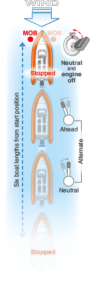 Method 1:
Method 1:
Into the wind
Suits: Boats with accessible bows like RIBs and small open-bow sports boats
Start: 6 boat lengths downwind
Tide: Ignore – it’s pushing the boat and person equally
Approach: Alternate into gear ahead then neutral. Crab slowly forwards
Contact: On whichever bow best suits
Engine: Switch off at contact
 Method 2:
Method 2:
Drift down from upwind
Suits: All boats and especially those with inaccessible bows
Start: Get well to one side (3+ boat lengths) and 2 upwind
Tide: Ignore – it’s pushing the boat and person equally
Approach: Drive to position 2 boat lengths directly upwind then drift down
Contact: On whichever side best suits
Engine: Switch off at contact
Paul Glatzel is an RYA powerboat trainer and wrote the RYA Powerboat Handbook and the RYA Advanced Powerboat Handbook. He runs Powerboat Training UK in Poole and Lymington (www.powerboattraininguk.co.uk) and works with the RNLI.

